Are you on the hunt for a chicken breed that generously provides eggs? Well, look no further because the Deathlayer chicken is your best bet. Aside from having a radical name, this bird is also low maintenance. We’ve put together the complete guide to Deathlayer chicken to help you on your poultry-raising journey.
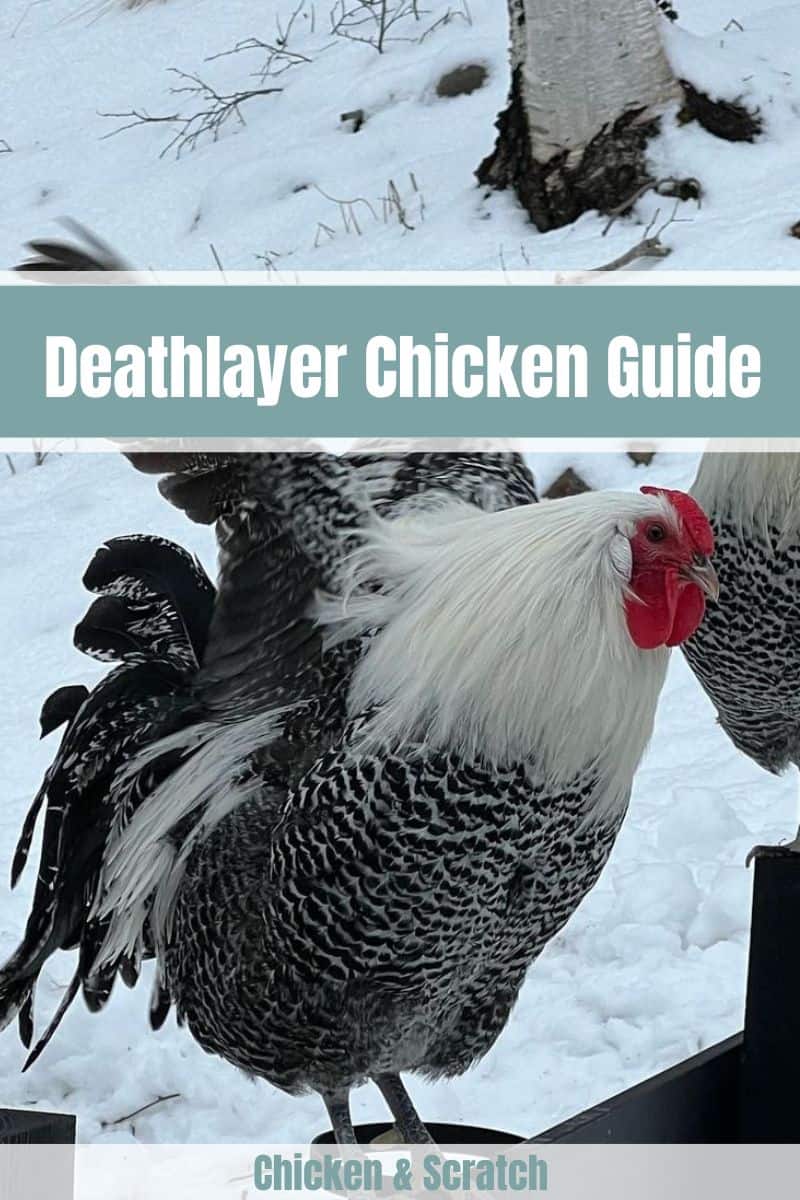
Getting to Know the Deathlayer Chicken
The Deathlayer may not be as well-known as the Leghorn or Rhode Island Red. However, it’s inching its way into the spotlight for its excellent egg-laying skills. You will find this overview useful if you’re thinking of adding this beginner-friendly breed to your flock.
| Color | Gold and silver |
| Size | Female: 4 lbs; Males: 5 lbs |
| Hardiness | Cold and heat |
| Temperament | active |
| Egg Size | medium |
| Egg color | white |
| Eggs per year | 150-250 |
| Lifespan | 5 to 8 years |
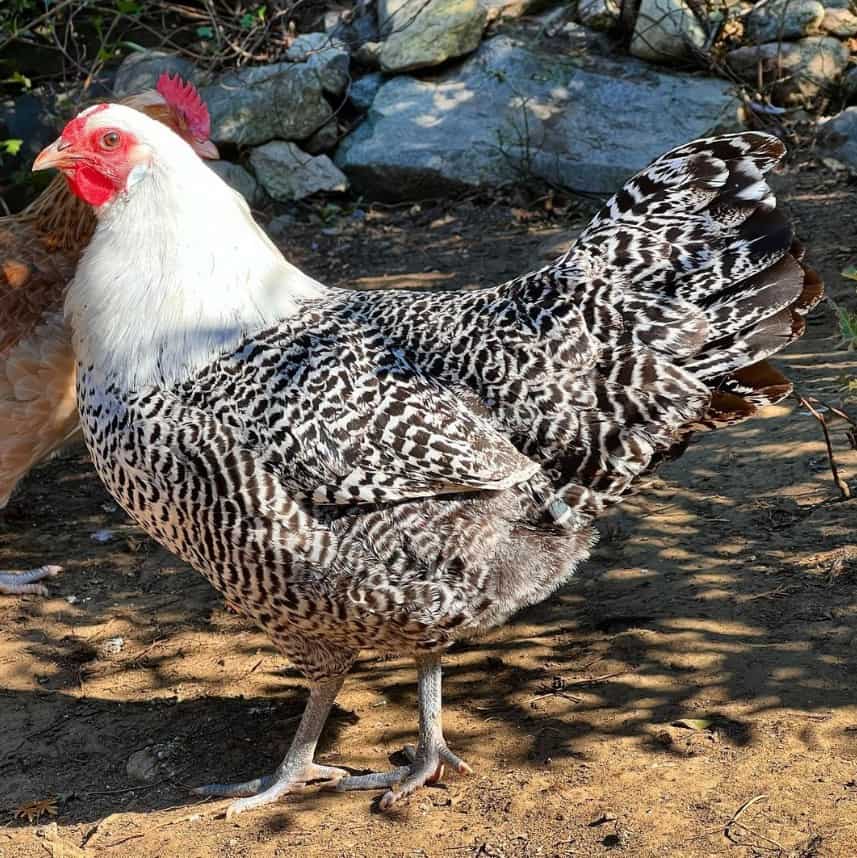
Origin of the Name
“Deathlayer” may seem like a heavy metal band’s name. But there’s more to its name than meets the eye. The unique moniker stems from the hen’s incredible ability to lay hundreds of eggs in its lifetime. It’s an astonishing feat since other hen breeds will lay for only 3 to 4 years. Meanwhile, Deathlayers will consistently provide eggs for 10 to 12 years.
The breed’s original name is Alltagseleger which means everyday layer. It was changed to Totleger to reflect the bird’s superb egg production capacities. “Tot” means dead, and “leger” means layer. Its final and official name contains the word “Westfalische,” referring to a German region.
Origin of the Breed
This astonishing egg layer originates from Germany. It’s a landrace variety that was not intentionally bred, making its discovery accidental. Its genetic traits are the result of its adaptation to the environment. Experts trace its existence to 400 years ago, but no one really knows the actual origin. It arrived in the US in 2016 through importation. Since then, the breed’s popularity has been growing. Thanks to its groundbreaking egg production capabilities and stunning appearance.
Purpose of the Deathlayer chicken
The primary purpose of the Deathlayer chicken is egg production. It may be used for meat but won’t be as lucrative as eggs. The Deathlayer is smaller compared to other breeds. It won’t provide much meat, so it’s best to focus on its egg-laying abilities.
This prolific breed is a perfect addition to egg-producing farms. They can lay eggs until their old age, so you’re guaranteed a continuous supply. They are also friendly with other breeds, so socialization won’t be a problem. Additionally, their small size won’t take up much room in the coop.
Physical Characteristics of the Deathlayer Chicken
Aside from the Deathlayer’s abundant eggs, it also has a striking appearance. They have a majestic stance that exudes royalty. Indeed, they are a pleasant addition to your flock.
Appearance
These birds’ solid black eyes stand out amidst their white, brown, or silver-feathered head. Their medium-sized red wattles perfectly match their flat, rose-colored comb.
The breed’s clean leg has four toes for each foot. The colors of their limbs are either blue-grey or slate.
Breed Standards
The American Poultry Association or APA does not recognize the Deathlayer chicken as an official breed. Since it does not have a set of standards, it can’t compete at APA poultry shows.
Size
Deathlayer hens can grow up to 4 lbs, while their male counterparts can go as heavy as 5 lbs. A safe and clean coop can help these birds reach their maximum weight.
Color
The Deathlayer’s feathers are beautiful shades of silver or gold. Their tails have purple, green, and black hues. This combination of colors makes them a stunning addition to your flock.
Some breeders describe their colors as gold-penciled and silver penciled. They describe it as the pattern on the chicken’s feathers.
Varieties
Due to its rarity, the gold Deathlayer is the more in-demand breed. Their golden orange feathers blend well with the green and purple highlights. These one-of-a-kind markings make them desirable to poultry raisers and breeders.
The silver Deathlayer may be the more common variety, but they possess their own fascinating traits. One of its eye-catching features is the white feathers cascading down its penciled body.
Rooster vs. hen comparison
The rooster looks so regal with its lustrous black tail feathers. Its “crown” is the striking red wattles and rosy comb. It has a larger wattle and comb than the hen. The rooster’s weight of 5 lbs makes it a perfect backyard flock member.
On the other hand, the hen presents a more rounded set of feathers. At 4 lbs, it’s lighter than the rooster. The Deathlayer rooster and hen both have waxy and hard wattles and combs.
Personality of the Deathlayer Chicken
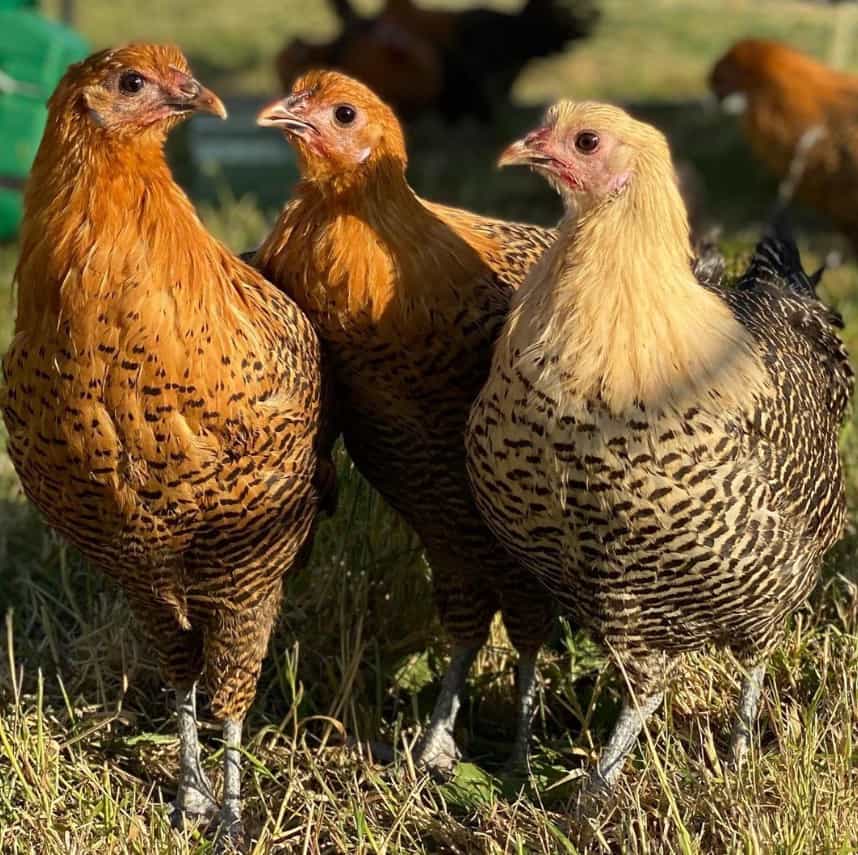
This breed’s name may sound sinister, but they’re a pretty friendly bunch. They also have boundless energy, making them ideal free-range chickens.
Temperament
Due to the breed’s high energy levels, they don’t enjoy being confined in a coop all day. They rather roost on trees or roam around a field. Rounding up for the night may become challenging for most owners, especially beginners. These birds are also active foragers, so it’s best to keep their area free from dangerous materials.
Hardiness
The Deathlayers are both heat and cold hardy. They can thrive in any climate as long as you give them proper care. Thanks to their tiny comb, frostbite rarely happens. These generally healthy birds boast high resistance and low maintenance qualities.
Broodiness
Deathlayer hens are generally good mothers. However, their broodiness is not a one-size-fits-all situation. It depends on their strain, personality, and the environment they were raised in. Some breeders have observed that birds raised in hatcheries are the less broody bunch.
Socialization
These birds are not as domesticated as their counterparts, so they need all the socialization they can get. They tend to be skittish around unfamiliar faces, but they are not aggressive as one would think.
It’s crucial to keep them as comfortable as possible. Their egg production gets affected when they’re under a lot of stress. You won’t be able to enjoy their generous egg-laying skills when they’re always on the edge. The more these birds socialize with you and other birds in the flock, the more productive they will be. Don’t expect them to be all cuddly and sweet, though.
Life span
A Deathlayer can last live for up to 12 years. They can survive in any climate and requires minimum care. A wide space where they can roam significantly contributes to their long life.
Caring for the Deathlayer Chicken
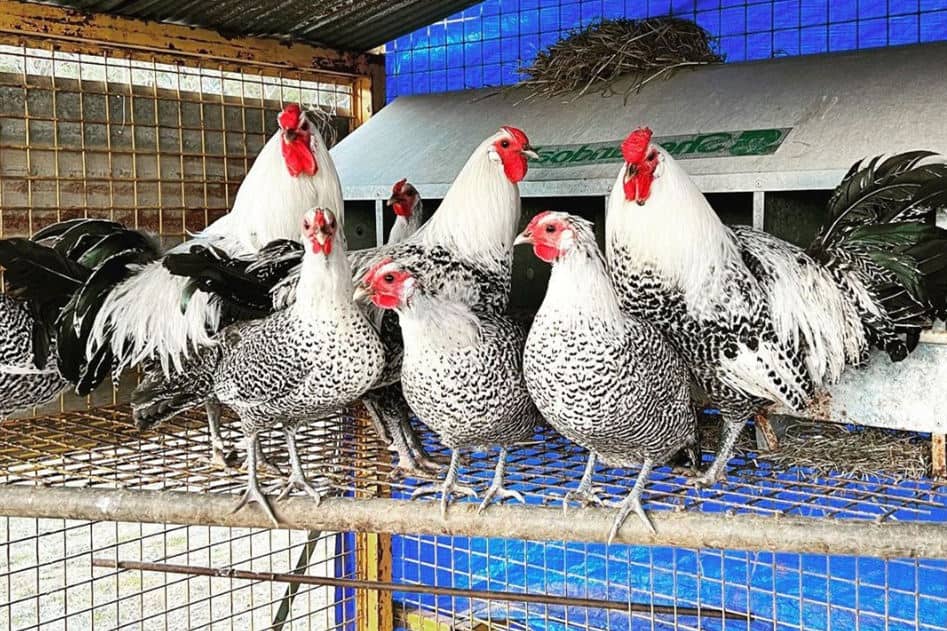
Deathlayer chickens aren’t high-maintenance birds. They don’t require much care from their owners, making them ideal pets for beginners.
Usual health problems
Although generally hardy, these birds can still experience some health issues. They sometimes succumb to the following illnesses common to egg-laying hens.
- Rickets
- Egg peritonitis
- Fatty liver syndrome
- Caged layer fatigue
- Egg drop syndrome
Generally, poultry diseases hamper or stop hens from producing eggs. These health issues affect the birds’ overall health, including the reproductive system. The bird’s egg production also suffers when it’s sick from bacterial infections due to the following:
- Mycoplasma
- Salmonella
- coli.
Like other chicken breeds, Deathlayer chickens are also prone to mites, lice, and other poultry parasites.
Healthcare
So, how do you prevent or manage these diseases? Proper nutrition and housing can ensure your pets are disease-free. It’s also crucial to provide them with sufficient clean water all the time. They may be hardy in any weather, but they get sick easily when dehydrated.
Diet and Nutrition
High-quality feeds can help your flock reach its maximum lifespan. You can purchase complete feeds that support robust egg production from poultry supply stores. Commercial feeds have all the vitamins and minerals that promote healthy egg-laying capabilities.
Your Deathlayers consumption will depend on how active it is. Expect these energetic birds to consume more food than other breeds. During the cold season, their appetite significantly increases. They need the energy to maintain their body temperature to combat the cold.
When the hens start laying eggs, you can offer calcium-fortified layer feed. This diet aids in the production of high-quality eggshells. Lastly, ensure they get at least 14% protein for a consistent egg supply.
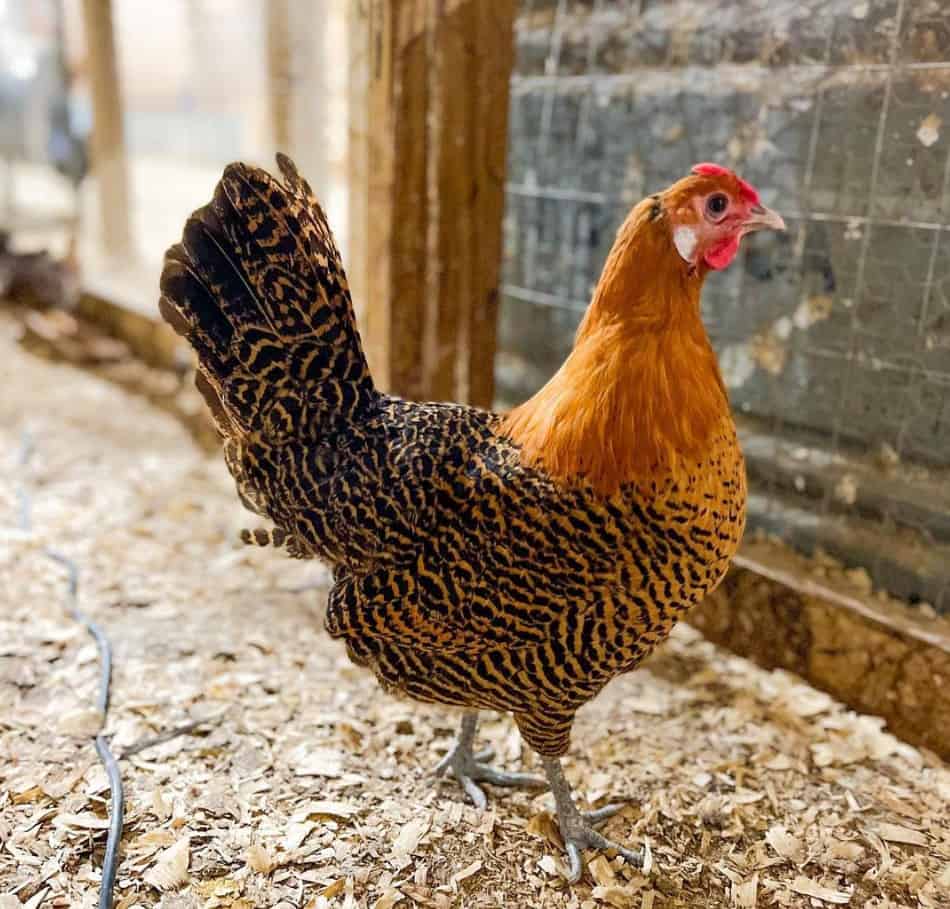
Treats
Once in a while, you may give treats to your birds. These delightful morsels will make them happy and preoccupied. Choose treats that can boost egg production, such as:
- Japanese beetles
- Watermelons
- Mealworms
- Scrambled eggs
- Cracked corn
- Scratch grains
- Sunflower seeds
Appropriate Coop
The Deathlayer thrives when it has a home fit for its needs. They need to have a vast space that can accommodate their daily activities. Generally, the coop’s floor area must be 4 square feet per chicken. This size is enough to make your flock feel safe and comfortable.
Another consideration is the bird’s safety and protection. You must install barriers that will keep predators out. It’s also advisable to allow optimal air circulation to prevent respiratory diseases.
Lastly, providing a place where your birds can roost and sleep is crucial. You can use a broom or an old ladder for this purpose. Deathlayers produce the most eggs when they are happy and comfortable in their coop.
Choosing the Deathlayer
The Deathlayer chicken is your best option if you want to raise chickens for eggs. Use the complete guide to Deathlayer Chicken to jumpstart your poultry-raising journey. These low-maintenance birds give you more time to enjoy other endeavors.
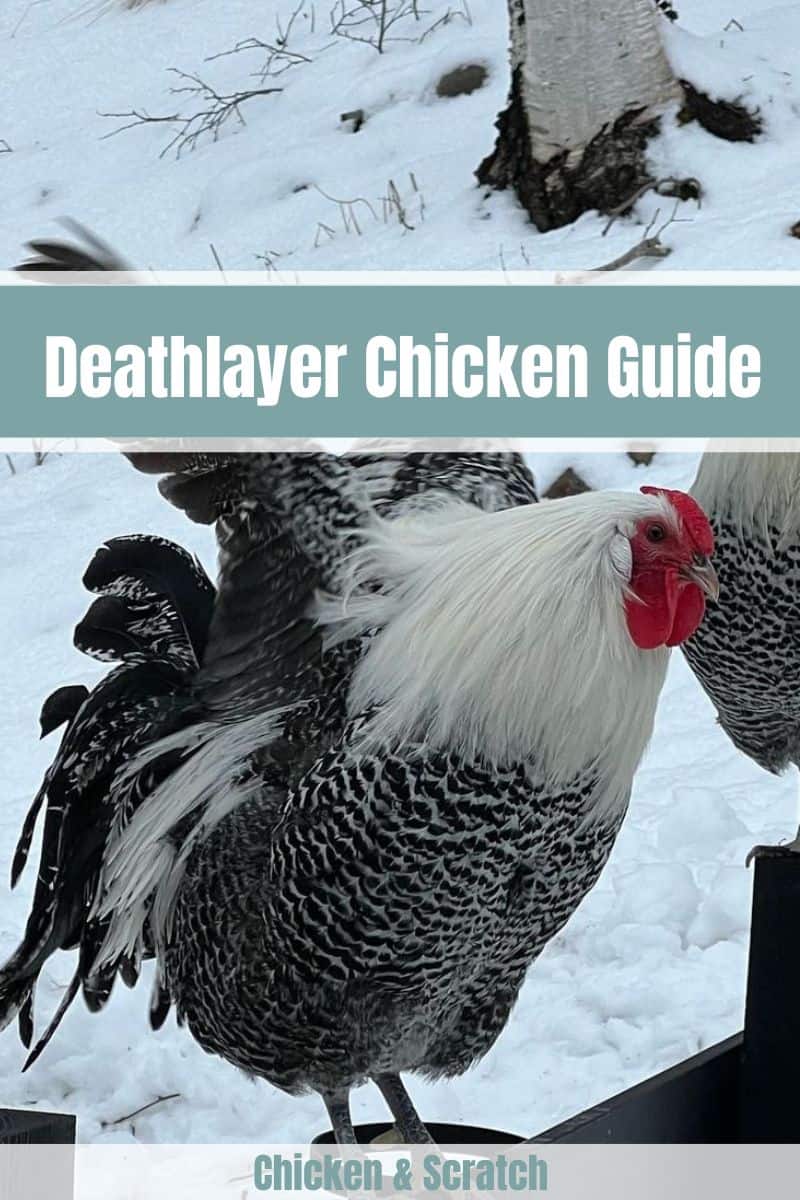

Joseph Hudson has been raising chickens for over 15 years. In 2018, he completed the Agriculture & Natural Resources program at Mt. San Antonio College. He currently raises over 1400 chickens on his 7.5-hectare farm. He keeps sharing his experience on raising healthy and happy chickens on Chicken Scratch The Foundry.
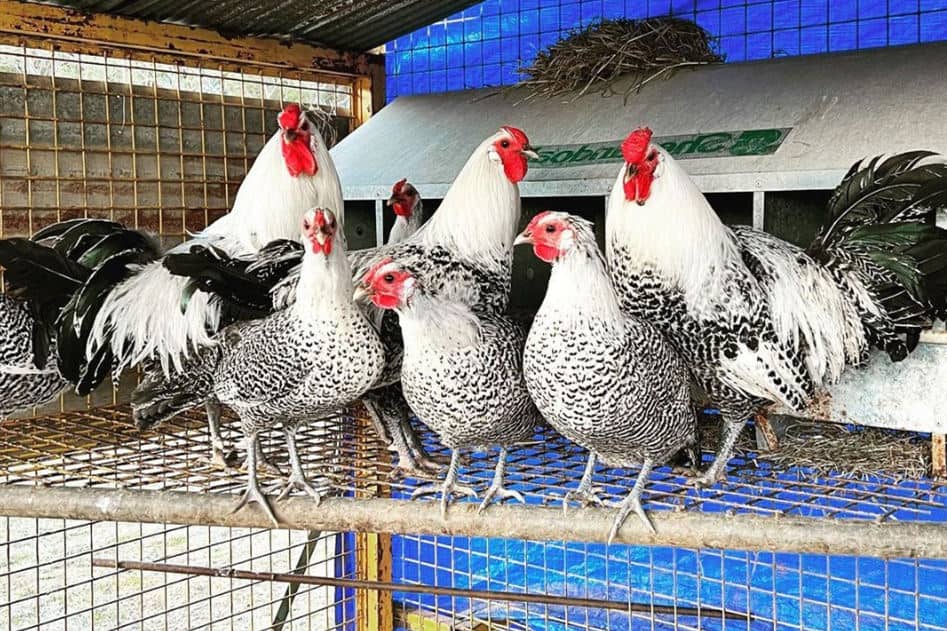







My deathlayers eat from my hand and I have a couple that let me pet them. I also have a silver deathlayer with green legs. They are high energy awesome birds.
🥰🥰🥰